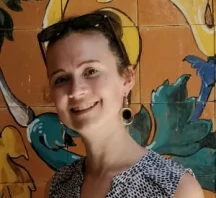Unlikely to see further mega-SMSFs



The introduction of contribution caps to the self-managed superannuation space means the industry is unlikely to see growth in ‘mega-fund’ accounts.
Last month, the Australian Taxation Office revealed the existence of several ‘mega-funds’, 27 had more than $100 million and one had more than $500 million.
However, this was unlikely to be a growing figure as it was likely these funds were made up of assets which pre-dated the contribution caps.
Peter Burgess, deputy chief executive of the SMSF Association, said: “It is likely these were legacy funds that had accounts before the contribution cap came in. There was a time when you could make very large contributions which would have led to these ‘mega funds’. You don’t see new funds being set up that big nowadays.”
Currently, the non-concessional contribution cap was $110,000 per annum or $330,000 when combined over two years. Meanwhile, the concessional cap was $27,000 per annum.
“This makes it difficult to accumulate large balances,” Burgess said.
He also said it was important that people checked they were working with a licensed professional who was able to provide the services they said they could when they were setting up an SMSF. This could be done by referring to the register on the Australian Securities and Investments Commission (ASIC) website.
This was in light of the increased volume of SMSF scams reported to the Australian Taxation Office.
Recommended for you
Australia’s largest super funds have deepened private markets exposure, scaled internal investment capability, and balanced liquidity as competition and consolidation intensify.
The ATO has revealed nearly $19 billion in lost and unclaimed super, urging over 7 million Australians to reclaim their savings.
The industry super fund has launched a new digital experience designed to make retirement preparation simpler and more personalised for its members.
A hold in the cash rate during the upcoming November monetary policy meeting appears to now be a certainty off the back of skyrocketing inflation during the September quarter.










